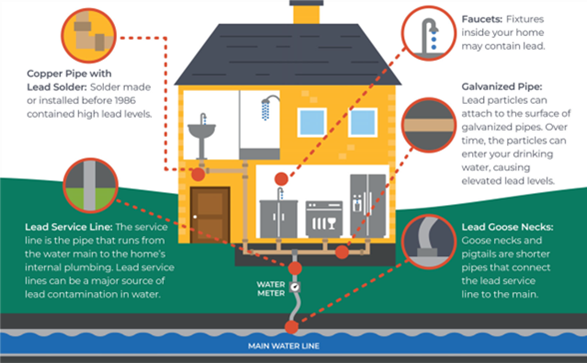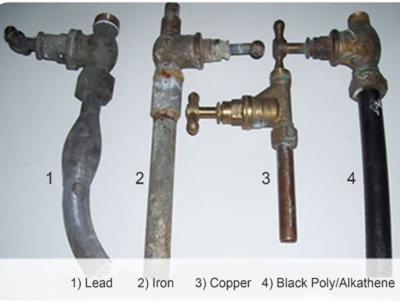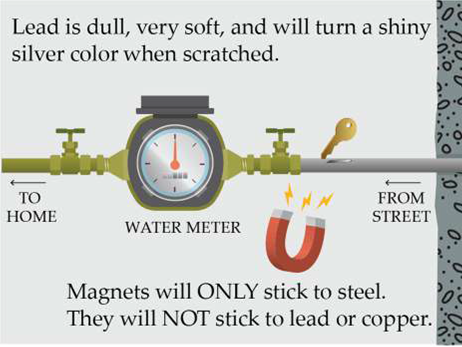In 2021, the United States Environmental Protection Agency (EPA) enacted a new law that requires all water providers to inventory and share with customers the material of the utility-owned and customer-owned service lines that lead to their property.
A lead service line inventory is a list of all service lines in a water distribution system, including those owned by the utility and those owned by the customer. The inventory must include information on the material of each service line, and categorize them as:
- Lead
- Non-lead
- Galvanized requiring replacement
- Lead status unknown
The inventory must include the entire service line, from the water main to the building inlet, but does not include the internal plumbing. If the ownership of a service line is shared, the inventory must include both the customer-owned portion and the utility-owned portion.
The purpose of the inventory is to identify lead service lines so that they can be removed and replaced. Utility-owned lead service lines must be replaced by 2031. This helps to ensure safe drinking water and public health.
An initial inventory must be completed by October 16, 2024. After the initial inventory is submitted to the EPA and state agency, we will notify customers of all service lines that are lead, galvanized steel, or unknown. The inventory must continue until all service lines are categorized. Watch this web page for updates regarding your system.What Can You Do
We are asking customers to help support by locating and identifying their water service line. Follow the steps below to identify your service line material. Snap a picture of your results and submit to env.comp@cswrgroup.com with the Subject Line: Lead Service Line Inventory.
We’re using a combination of records, inspections, and your help! Here’s what you can do:• Check Your Home: Look for the pipe that brings water into your house.
–Where: Check the basement, crawlspace, garage, outside your building or inside your water meter box.
• Visual Test: Grab a coin and scratch the surface of your service line. If it’s dull gray and easily scratched or turns shiny silver it might be lead.
• Magnetic Test: Hold a magnet to your service line. If it doesn’t stick, your line might be lead or copper.
• Compare: Share your results with a neighbor who might have the same pipes as you.
ATTENTION CUSTOMERS
To find the status of your service line after it’s been inventoried, click on your state below and find your drinking water system
Arizona
Arkansas
Florida
Kentucky
Louisiana
Mississippi
Missouri
North Carolina
South Carolina
Tennessee
Texas



